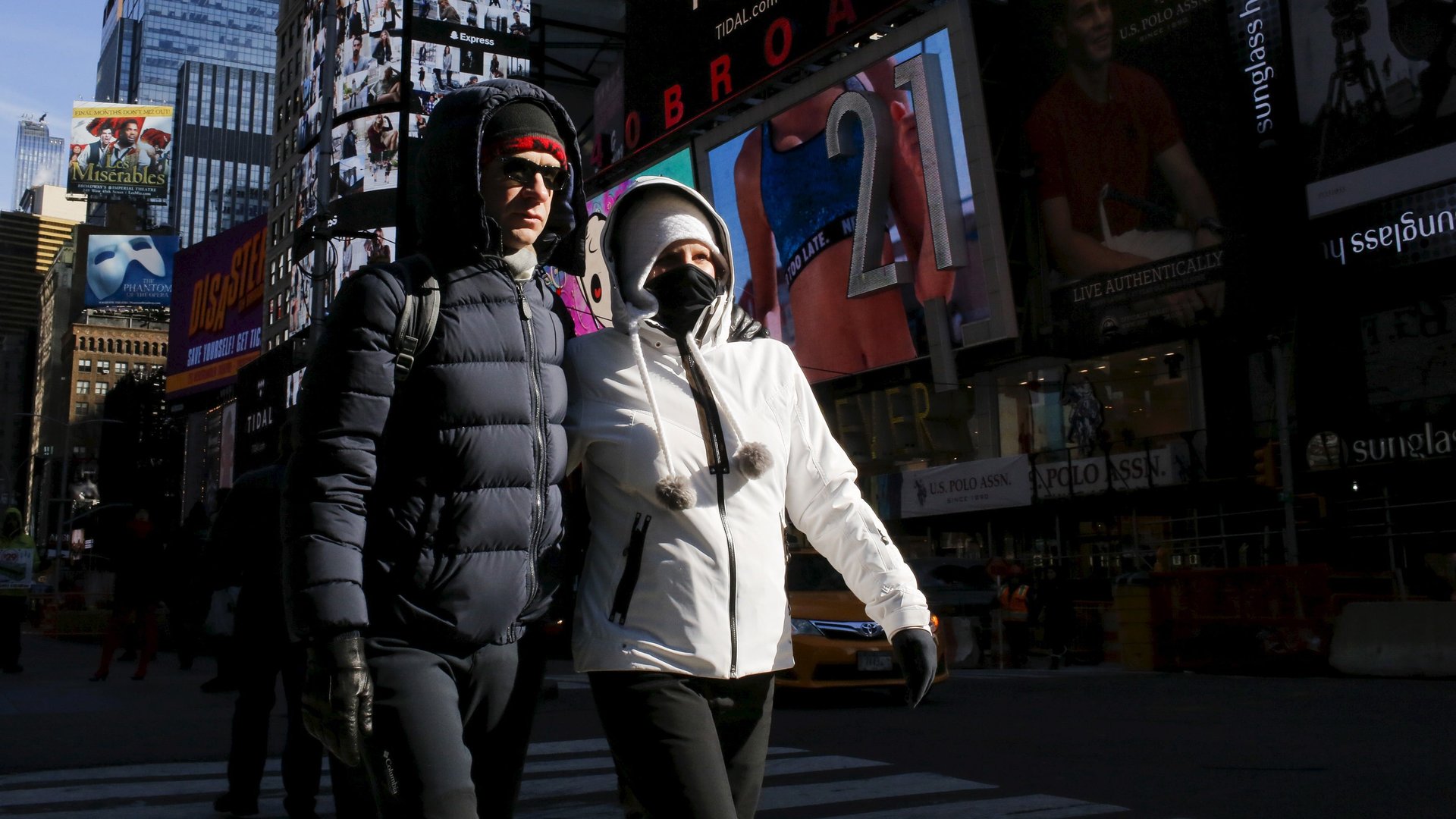In Paris’ most talked-about runway show, high fashion met how we dress today
There’s an episode of I Love Lucy, probably the most popular American TV show of the 1950s, where Lucy, Ricky (her husband), and their best friends, Fred and Ethel, go to a movie. The men want to wear jeans, and their wives are scandalized at the thought. “Just a suit and a tie” will do, Lucy says.


There’s an episode of I Love Lucy, probably the most popular American TV show of the 1950s, where Lucy, Ricky (her husband), and their best friends, Fred and Ethel, go to a movie. The men want to wear jeans, and their wives are scandalized at the thought. “Just a suit and a tie” will do, Lucy says.
Dress today is a lot less formal than it once was. Now, people routinely head out to the theater in flip-flops.
That shift came to fashion’s front doorstep in Paris this weekend, when Demna Gvasalia made his debut, in the most anticipated show of the season, as the creative director of luxury house Balenciaga.
Gvasalia, who is head of the design collective behind the new label Vetements, is known for working with pedestrian garments, such as sweatshirts and bomber jackets, and reinventing them as unusual, ungainly clothes that are deliberately “off.” What would he do with a fashion house whose founder, Cristóbal Balenciaga, was known for structural, formal couture?
The answer, sent down the runway March 6: a high-fashion wardrobe made for a modern woman, which is to say one who is more likely to wear sweats than a gown influenced by the Golden Age of Spanish painting.
The collection, described as ”a series of couture attitudes transforming a modern, utilitarian wardrobe,” applied Balenciaga’s signatures to common garments. A denim jacket took on Balenciaga’s famed cocoon shape. A biker jacket opened up to frame the wearer’s neck and shoulders, as Balenciaga’s beautiful opera coats did. Gvasalia used the effect repeatedly, on trenchcoats and on ski parkas similar to the bulky Helly Hansen variety cluttering racks at now-bankrupt Sports Authority.
The reality is, a woman today would probably get more use out of one of those Helly Hansen parkas than an original Balenciaga opera coat. Whether you approve or not—and plenty complain about it—the move toward the increasingly casual, practical, and comfortable is undeniable. Yoga pants and other straight-from-the-gym hallmarks of the athleisure trend may not have taken the runway at Balenciaga, but the clothes Gvasalia showed are arguably part of the same lifestyle shift that brought them to prominence.
“My intention is not to make clothes that are completely new, or to be in a museum—as long as something is practical and somebody needs it in her wardrobe, then it makes sense to me,” Gvasalia told fashion critic Cathy Horyn of New York magazine.
There were instances where Gvasalia’s approach proved less than practical. The suits and dresses that opened the show made the models’ hips looks exaggeratedly large, leading critics to point out those items just won’t see wear (paywall).
The show’s greatest failing, actually, was in its model casting. Balenciaga is a global brand with a global clientele. Its show, however, exclusively involved white models, inviting criticism from those who vented their frustration on Balenciaga’s Instagram account. The slight felt all the more pointed given that many of the models were street-cast, ostensibly to add a dose of the real world to the runway.
Gvasalia may have captured the pragmatic reality of clothes today, but he completely overlooked the people who wear them.